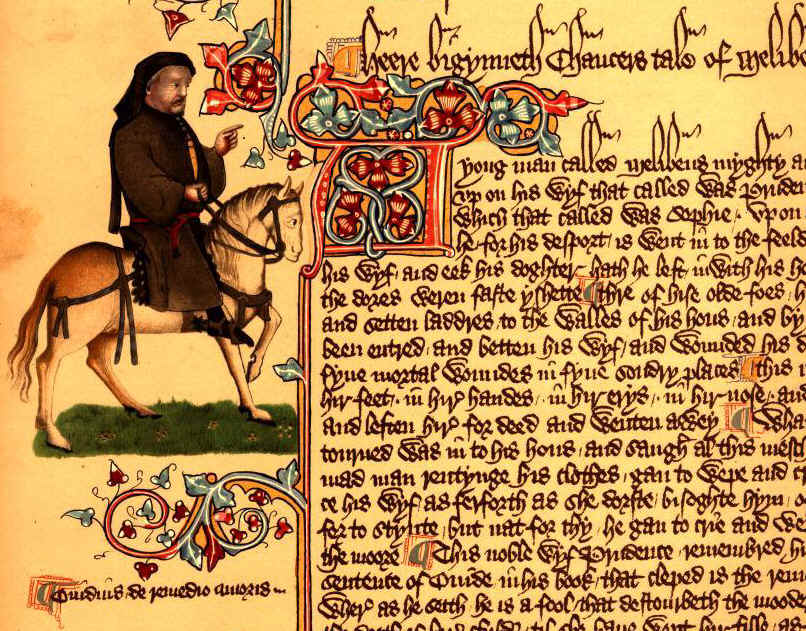Cuerdale is a parish in the Duchy of Lancaster with very few buildings nowadays. Some workmen repairing an embankment of the nearby River Ribble found a lead box protruding from a bend. It was claimed by the local bailiffs who kept it intact and gave it to Queen Victoria, owner of the Duchy, who in turn gave it to the British Museum. After examining the contents, they were distributed to museums and others, with the greater part kept by the British Museum in the Coins and Medals Department.
The majority of the hoard was silver coins (over 7000) from different areas: the Viking kingdoms of eastern England, Alfred the Great's Wessex, and coins from overseas (one Byzantine coin, early Scandinavian coins, Islamic dirhams, Papal and North Italian coins, and 1,000 Frankish Carolingian coins). Many of the coins probably came from raids on other kingdoms. Besides coins the hoard contained jewelry and hacksilver.
The dates on the coins suggest that it was buried by 910CE but not much before 905. The Ribble flows into the Irish Sea and was a frequent landing spot for those coming from Ireland. The Vikings had been expelled from Dublin in 902, and this hoard might have been buried by Vikings on their way from Ireland for temporary safekeeping because transporting such a large collection made the traveler a target. It may have been intended to finance a re-conquest of Ireland. Why they never returned we will never know.
There is a curious legend in the area, that "Anyone who stood on the south bank of the River Ribble at Walton le Dale, and looked up river towards Ribchester, would be within sight of the richest treasure in England." When and how this legend began no one could say, but it suggests vague knowledge of the treasure, as if it were a more recent stashing in memory. One theory is that, during the reign of Richard II, a Sir Thomas de Molyneux who lived nearby and intended to use it to support Richard, possessed it and hid it there. It is possible that comments made in the late 14th century led to the legend.
After three posts on "largest" hoards, we now will turn to the absolute, unconditionally largest Viking hoard ever uncovered. For this we turn from England to Sweden, and the Spillings Hoard...next time.




















